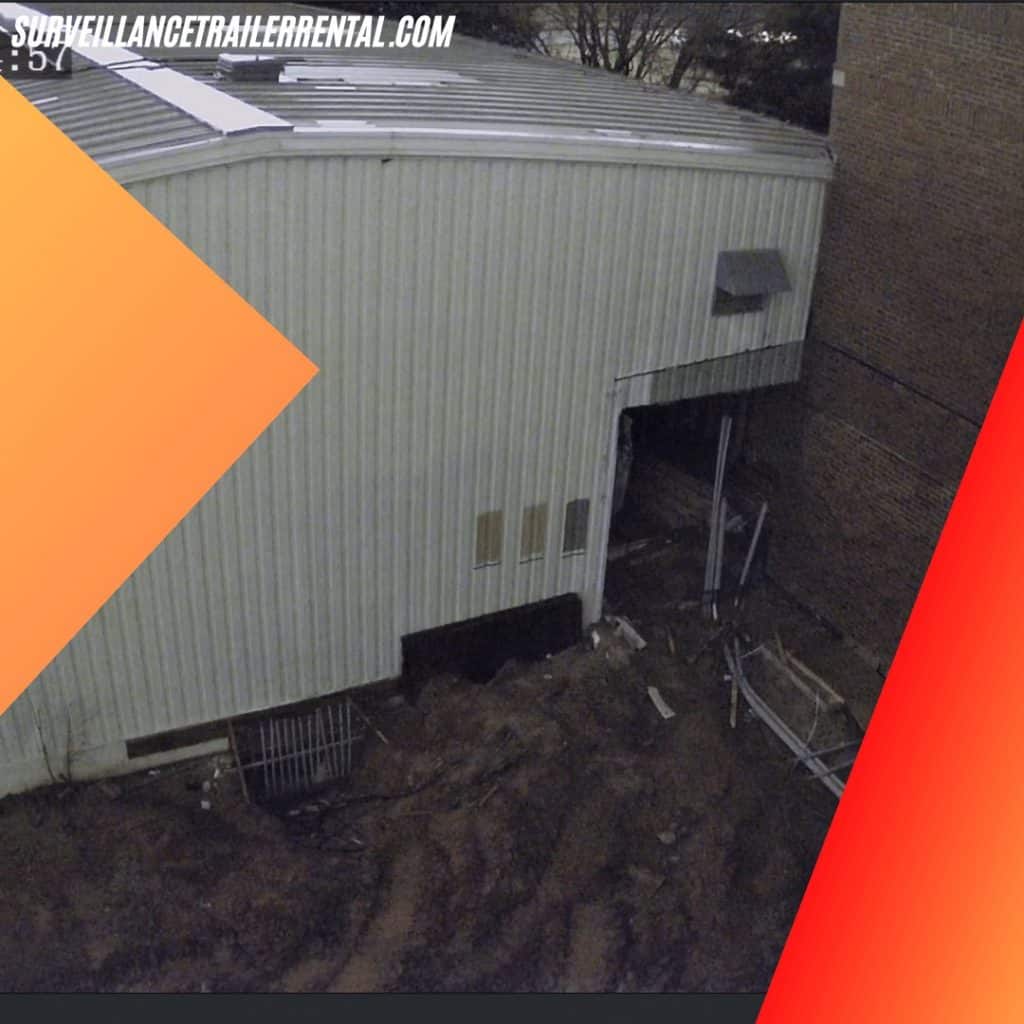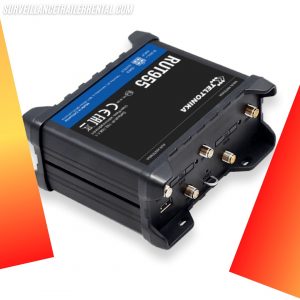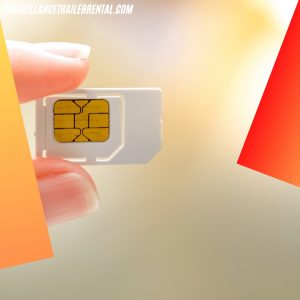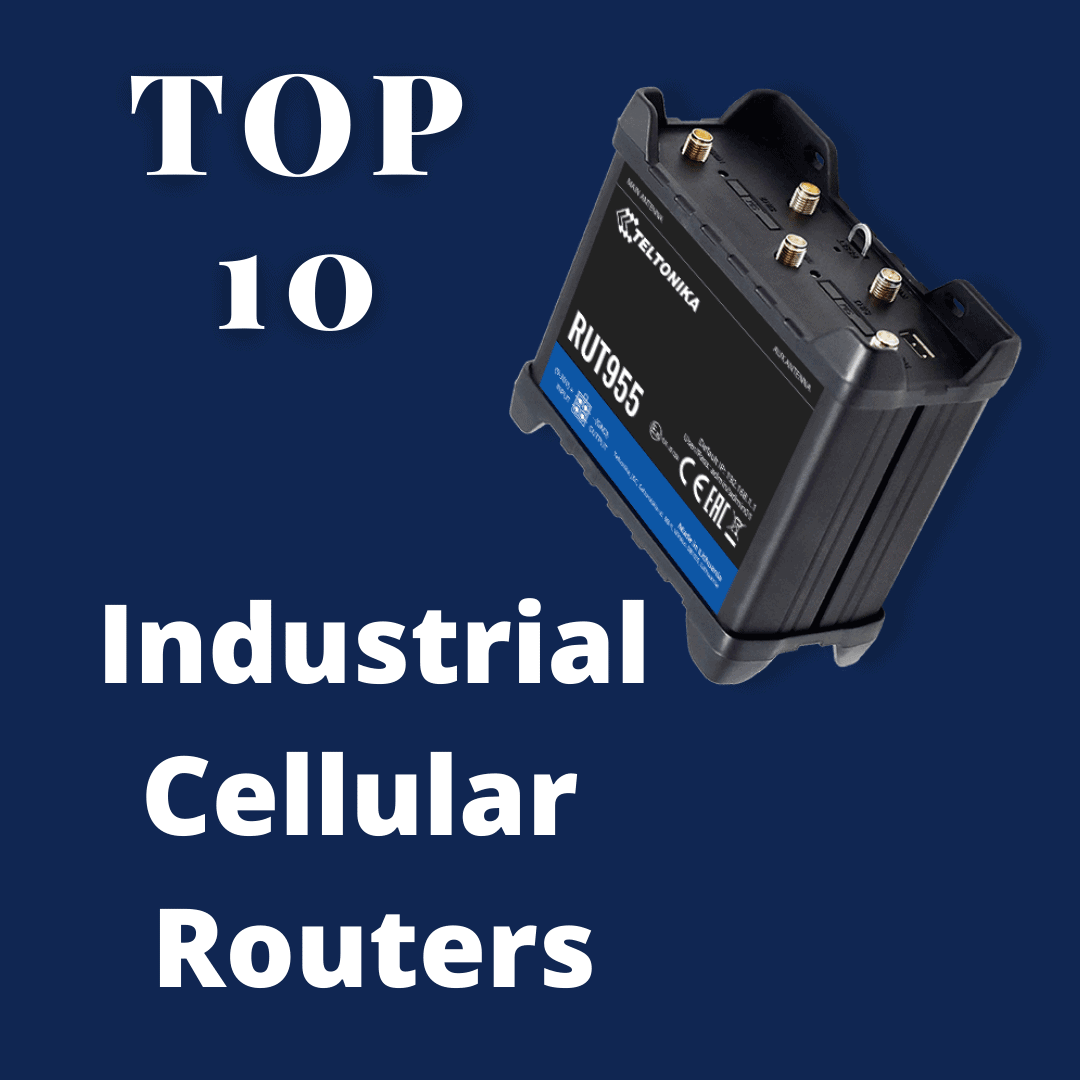Choosing A Camera For Video Surveillance Over GSM
Conventional security systems powered by analog technology were once a breakthrough in monitoring homes and businesses and ensuring improved security. However, they have certain limitations – lack of real-time monitoring, costly upgrades, or incapability to deter intruder actions. Thankfully, times have changed with fast-paced technological advancements. GSM-based video surveillance cameras are now replacing traditional security systems, offering a wide range of benefits, improved security, and cost-efficiency.
Benefits of Using GSM-based Video Surveillance
There are numerous advantages of installing camera video surveillance on GSM. These include:
- Deploy anywhere seamlessly for off-grid surveillance and higher levels of security
- Compact, customizable and flexible that can be installed easily anywhere, even in tight spaces
- These are made of modular components; so, if any part fails, it can be easily replaced or upgraded without affecting other parts
- Portable and cost-effective surveillance units that can also be rented on a monthly basis
How to Choose a GSM Video Surveillance Camera?
Buying a good camera for video surveillance over GSM can be challenging, provided a large number of factors that go into selecting the right one.

Here are some important features you should consider when buying a GSM-enabled security camera:
- Cellular Connection: The security system should support dual SIM with secure 3G/4G network connectivity, high cellular speeds up to 300Mbps, backup WAN, and auto-failover. Check for added features like Bluetooth LE and Dual-Band Wi-Fi support.
- High-Quality Camera: The camera should be able to capture 360° multilayer panoramas with options such as zoom, tilt, and pan. Good security cameras offer 4K quality full-frame live video streaming with wide-angle optical zoom and automatic day/night IR mode.
- Motion Detection: Choose security systems with built-in motion-activated sensors that work on thermal detection to seamlessly detect unauthorized entry and send instant notification via SMS.
- Infrared Imaging: To capture crystal clear images and videos, the surveillance system should have built-in infrared light that can even operate in areas with insufficient lighting or in the dark.
- Live Monitoring, Continuous Recording and Real-Time Audio: Unlike analog security systems, GSM-enabled surveillance cameras provide live streaming visualization, continuous video recording, and real-time audio that can help deter criminal intrusion.
- Video Monitoring: Extend the functionality of your security system with video monitoring that uses powerful tools and analytics to protect your property from potential threats.
- Analytics: For outdoor sites with complex situations, consider buying a camera with video analytics. It uses Deep Learning to accurately distinguish and classify people and objects, even in poor or extreme light conditions, such as from a passing car.

Easy setup with a wireless connection is another important feature you should consider.
Ways to Deploy a Security Camera over a Cellular Network
[mks_col] [mks_one_half]
There are two ways you can install a video surveillance system for live monitoring over GSM:
- Use a camera with a built-in cellular router: This offers the advantage of quick setup and installation
- Install an industrial cellular router and connect the camera to it: Consider using a weather-proof enclosure where you can install an industrial-grade cellular router and connect the camera to it to allow functioning over the cellular network
[/mks_one_half] [mks_one_half]

[/mks_one_half] [/mks_col]
Challenges of Using GSM Video Surveillance Systems
[mks_col] [mks_one_half]
The wireless video security systems operate on a cellular network and can bring several challenges, which can hinder its efficient functioning.
- Poor cellular signal strength, especially in remote locations
- Power failure
- Significant data consumption
[/mks_one_half] [mks_one_half]

[/mks_one_half] [/mks_col]
To achieve high levels of security at your premises, a GSM video surveillance system with real-time remote monitoring works best. However, it is important to ensure an uninterrupted cellular network and power backup for constant monitoring.


